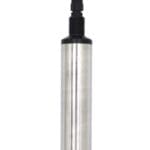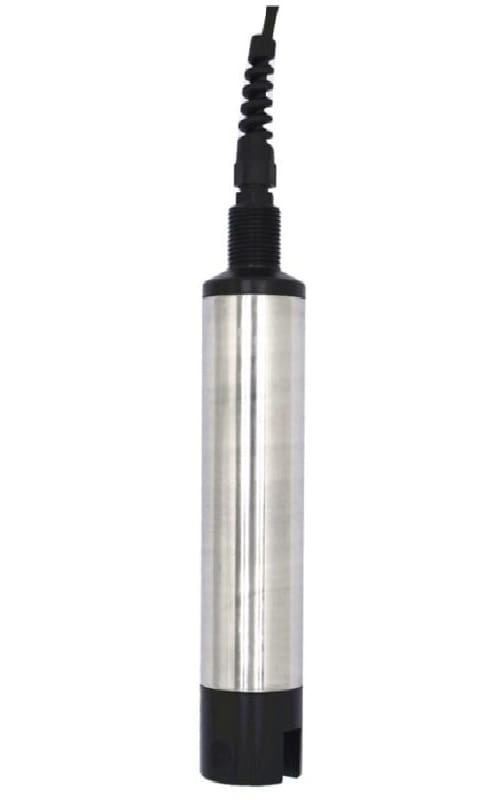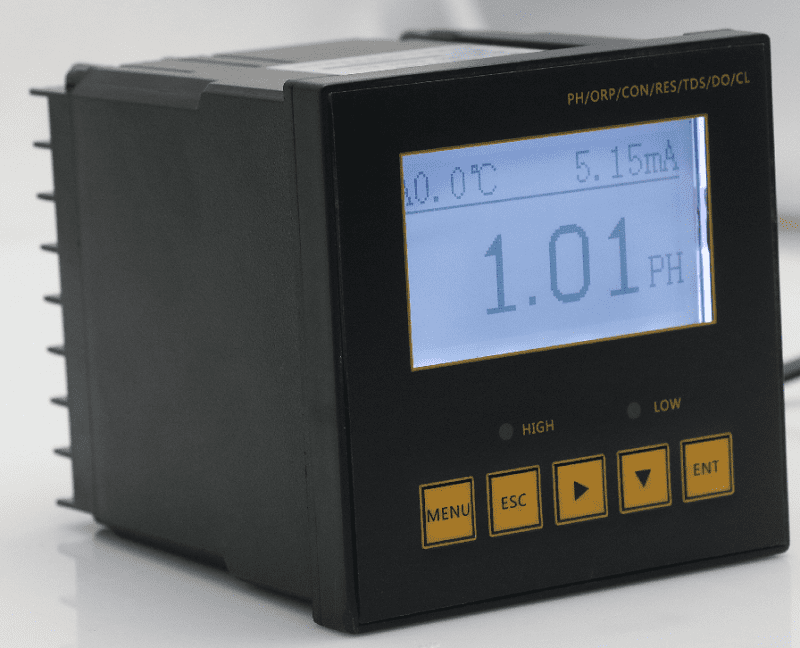
WCP-CS7820D Digital Turbidity Probe with RS485 Modbus; Infrared 90° Beam
September 9, 2019


WCP-CS7832D Digital Turbidity Probe. Infrared 135° Beam
September 9, 2019WCP-CS7833D Digital Turbidity Probe: Double Beam Infrared
$3,171.00 exc GST
Available on back-order
The WCP-CS7833D Digital Turbidity Probe communicates with our various turbidity Monitor/Controllers in the WCM-T4000 and WCM-T6000 series. It will also connect to a SCADA system that has a standard RS485 Modbus RTU interface plus the supply voltage. This probe has a double infrared precision beam with detection angles of 90° and 135° respectively. This increases the usable range of turbidity from 0.01 to 4000NTU with a minimum detectable value of 2 NTU The digital turbidity probe is used in applications including rivers, lakes and environmental protection where greater range and accuracy are required.
The digital turbidity market is predicted to grow subsctantially over the next 10 years and Meascom will be there to provide the necessary support
| Model NO. | WCP-CS7833D |
| Power/Outlet | 12VDC/RS485 MODBUS RTU |
| Measure methods | 90°+135°infrared double beam |
| Dimensions | Diameter 60mm* Length 254mm |
| Shell material | PVC+316 Stainless Steel |
| Waterproof grade | IP68 |
| Measurement range | 0.01-4000 NTU |
| Lower Limit | 2NTU |
| Accuracy | <measured value±2% |
| Pressure range | ≤0.3Mpa |
| Measuring Temperature | 0-45℃ |
| Calibration | Standard fluid calibration, water sample calibration |
| Cable length | Standard 10m cable, can be extended to 100m |
| Installation thread | 1 inch |
| Application | General applications, rivers, lakes, environmental protection,etc. |
About Digital Turbidity Probes
Digital turbidity probes are devices used to measure the clarity of water by detecting the amount of light scattered or absorbed by suspended particles in the water. These probes are essential in various industries, including water treatment plants, environmental monitoring, and research laboratories.
Double beam infrared technology is a method used in turbidity probes to improve accuracy and reliability. By using two separate infrared beams, these probes can compensate for any fluctuations in the light source or detector, resulting in more precise measurements.
The combination of digital technology and double beam infrared in turbidity probes allows for real-time monitoring and data collection, making it easier to track changes in water quality over time. This information is crucial for ensuring the safety of drinking water, protecting aquatic ecosystems, and meeting regulatory standards.
| Angle of Coverage | 135, 180°, 90° |
|---|


